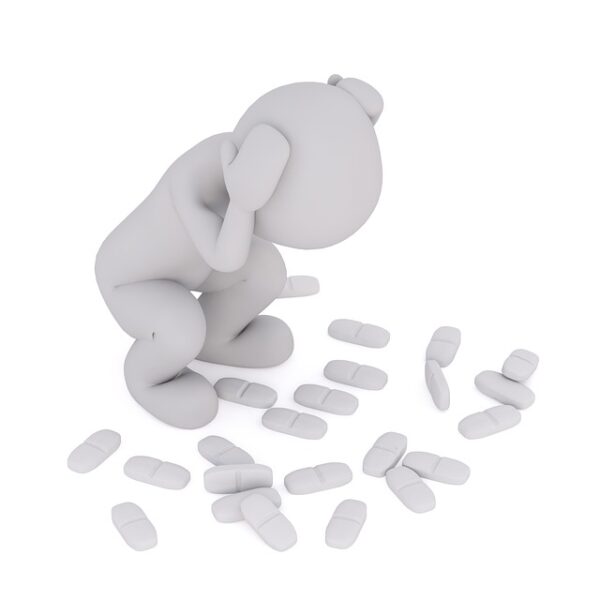Statin myopathy is a primary reason why patients stop taking these cholesterol-lowering medications. Here’s a case scenario where I discuss considerations and options to addressing statin myopathy and adverse effect concerns from a patient.
SE is a 58-year-old obese male with diabetes and an LDL of 186. The primary provider elected to start atorvastatin 20 mg daily with the goal to escalate therapy to high-intensity after a couple of months of tolerability.
You meet SE today, two weeks after he has started the atorvastatin. He states that he has been feeling soreness in his body. It isn’t localized and he reports that he hasn’t been doing anything different in his exercise/work out routine. The achiness is most bothersome in his back and legs but he can feel it in his shoulders and arms too. He knows that atorvastatin can cause these symptoms and says he is not going to take this medication anymore. He quit taking it 2 days ago and says he has started to feel less achy already.
Here are a few options to address his concerns with the adverse effect.
- Check for drug interactions. Atorvastatin does have some CYP3A4 interactions that may increase the concentrations of the drug. The classic grapefruit juice question would certainly be relevant here. Other medications that can affect this enzyme may raise concentrations of atorvastatin to a clinically signifcantly level. This shouldn’t be overlooked. Avoiding an interaction may allow this patient to tolerate the medication.
- Lowering the dose. Using 10 mg of atorvastatin or possibly even 5 mg may help reduce the incidence of this adverse effect. The downside to this option is that we will not get the desired LDL lowering that we would like to significantly reduce his cardiovascular risk. I am in the camp that something (tolerable) is better than nothing.
- Changing to an alternative statin. I would prefer to have the ability to get this patient to a low LDL goal if possible and necessary. That means that there is only one possible alternative statin here. Rosuvastatin. Fortunately rosuvastatin also fits the bill in that it is somewhat structurally different from atorvastatin in that it is hydrophilic while atorvastatin is lipophilic. Pravastatin would be our other hydrophilic option but isn’t going to allow you to lower LDL as much as rosuvastatin.
- If the side effects weren’t that bad for the patient, another option would be to hold the drug until the symptoms resolve. Once stabilized back to baseline (no pain), then a rechallenge at a lower dose might be considered and maybe we’d be able to titrate more slowly to enhance tolerability. This should be done very carefully. It’s probably a long shot, but might be worth a consideration in a patient at high cardiovascular risk.
- Checking a CK might be reasonable to consider just to get a baseline sense of how elevated it was and how much risk we might be putting the patient at for rhabdomyolysis. 10X the normal limit is typically considered significant. Myopathy can progress to rhabdomyolysis in rare circumstances and ultimately lead to myoglobinuria, renal failure and in extreme cases, death.
Would you consider anything else in this statin myopathy situation?
- 30 medication mistakes PDF
- 18+ Page Drug Interaction PDF
- 10 Commandments of Polypharmacy Webinar based on my experiences in clinical practice



0 Comments
Trackbacks/Pingbacks